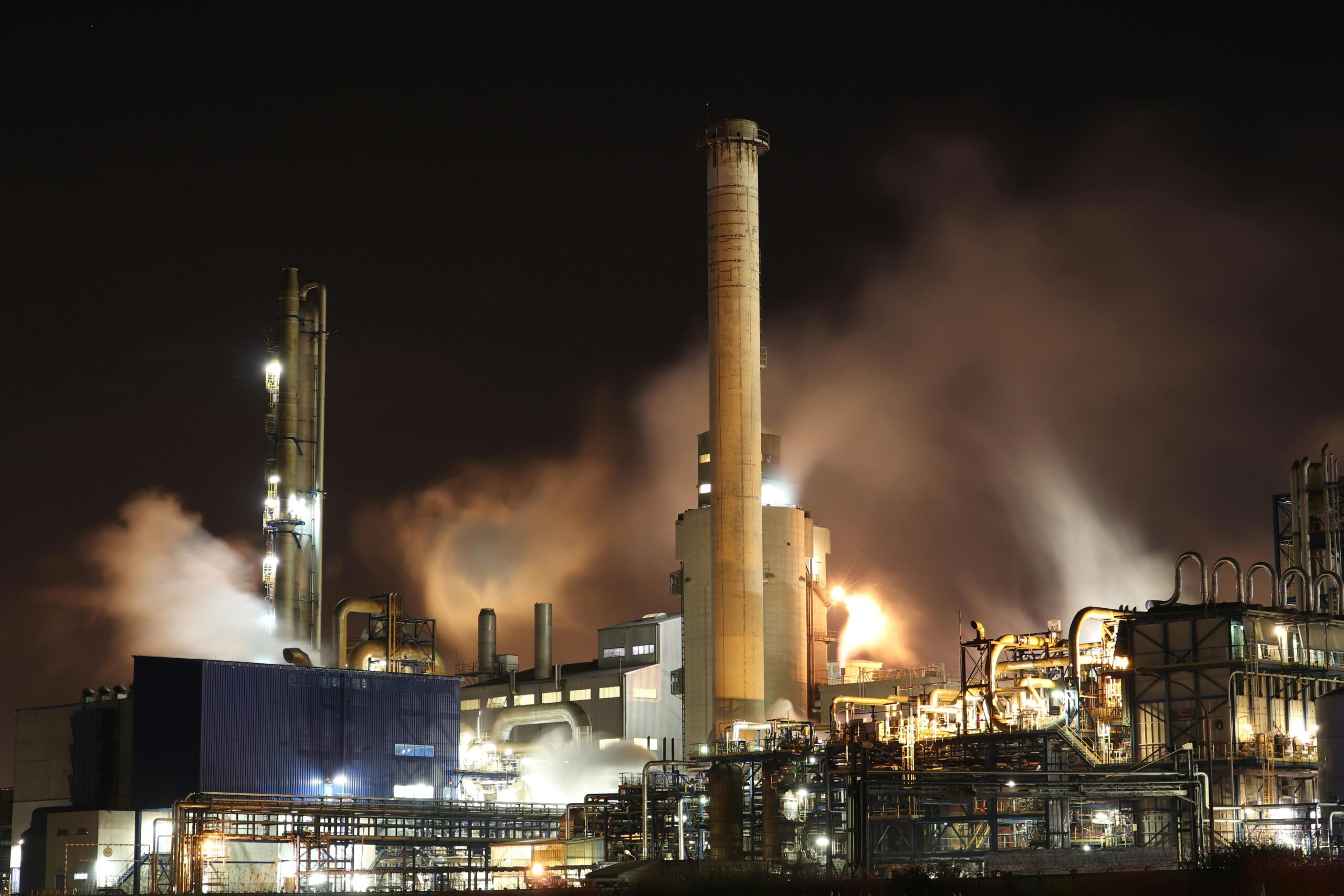The seaborne market for metallurgical coal will likely be most affected by China’s retaliatory tariffs against US energy imports, according to a Reuters column.
China imposed a 15% tariff on liquefied natural gas (LNG) and coal imports from the US, and a 10% tariff on crude oil imports on February 4.
This was a retaliatory measure after US President Donald Trump imposed an additional 10% tariff on all Chinese imports.
High tariffs may eliminate trade
The high tariffs will likely eliminate energy trade between China and the US.
China is the world’s largest importer of coal, LNG, and crude, while the US is the largest exporter of LNG and ranks fourth in coal and crude oil exports.
The global markets will likely be able to adjust quickly and easily, as the US only accounts for roughly 2% and 5% of China’s crude and LNG imports, respectively, according to the report.
The situation is different for metallurgical coal, which is also called coking coal and is the main fuel used in steel production.
In 2024, China imported a substantial volume of coking coal via sea routes, totaling 43.02 million metric tons.
This figure highlights the nation’s significant demand for this key steelmaking ingredient.
Among the various suppliers, the US played a notable role, contributing 5.02 million metric tons of coking coal to China’s imports.
This amount represented 11.7% of China’s total seaborne coking coal imports for the year, as per data compiled and analysed by Kpler, a firm specialising in commodity data and analytics.
Coking coal imports
China imported 15.91 million tons of seaborne coking coal from Australia, 11.68 million tons from Russia, and 7.79 million tons from Canada.
The US was the fourth largest supplier at 7.21 million tons.
If the new tariffs make US coking coal too expensive for the Chinese market, China’s steel makers will need to find other sources for their coal.
While it is possible that US exporters could lower their prices to remain competitive in China, it is more likely that they will look to other importers like India, Japan and South Korea, the report said.
Assuming China’s demand for coking coal remains constant from 2024 to 2025, the Asian giant can look at other sources to fill the gap.
While it’s possible to source additional coal from Mongolia, China’s primary supplier via land routes, this would not resolve the logistical challenges.
The issue lies in the fact that overland coal arrives inland, whereas seaborne coal is primarily delivered to coastal steel plants, according to the report.
Also, it is doubtful that Russia can increase production and rail capacity enough to replace US coking coal.
Australia and Canada can fill the gap
This leaves Australia and Canada as the only other practical options, as both exporters can meet China’s demand.
However, this may come at a price, as Chinese steelmakers may have to pay Australian and Canadian miners more to divert supply from other countries.
China’s informal ban on Australian coal in mid-2020 caused imports from Australia to plummet, while prices for seaborne coal rose.
China had to pay a premium to source thermal and coking coal from exporters such as Indonesia, the US, and Canada, respectively.
This is why China had to draw cargoes from these exporters.
If China tries to replace US coking coal with cargoes from Australia and Canada, it will probably have to compete against Indian buyers.
India is the world’s largest importer of coking coal, having imported 67.6 million tons in 2024, according to Kpler data quoted in the report.
Australia was India’s biggest coal supplier, accounting for just over 50% of the total with 34.88 million tons.
Russia and the US followed, supplying 14.74 million and 8.4 million tons, respectively.
Trade dynamics likely to shift?
A different scenario could emerge if China wants to move away from US coking coal.
Beijing’s steel markers could buy more from Australia, with India then buying less from Australia and more from the US.
While this is entirely possible, it will likely come at a higher price, at least initially.
Seaborne coking coal prices have fallen for 16 consecutive months.
For example, benchmark Australian contracts traded in Singapore dropped 48.2%, from $363 per ton in mid-October 2023 to $188 per ton on February 14.
Similarly, US low-volatile coking coal at east coast ports, assessed by UK-based Argus Media, was $187.50 per ton on February 13, aligning with the Australian benchmark.
Australian prices will likely outperform US prices if Chinese buyers purchase more Australian or Canadian coking coal.
This is especially likely if US producers have difficulty finding alternative buyers for cargoes that were originally meant for China, the report noted.
The post How China’s tariffs could reshape the metallurgical coal market appeared first on Invezz

